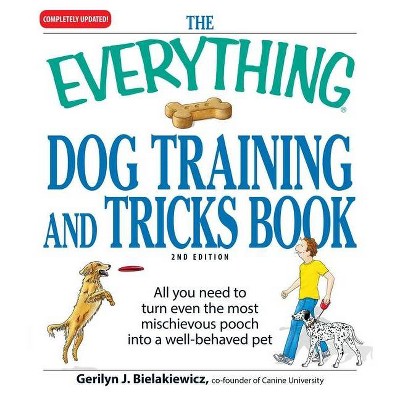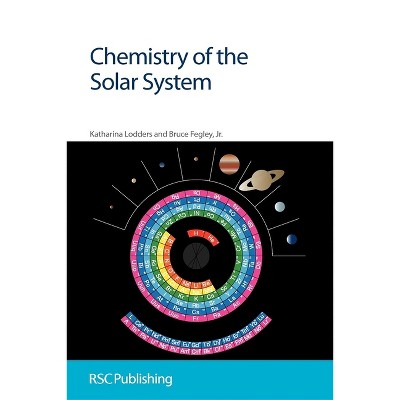About this item
Highlights
- Did you know that some societies once used giant rocks for money?
- Author(s): Brian Rohrig
- 368 Pages
- Science, Chemistry
Description
About the Book
Written in an accessible style that will appeal to the layperson and scientist alike, The Chemistry of Money will be sure to both enlighten and entertain. You will never look at money the same way again!
Book Synopsis
Did you know that some societies once used giant rocks for money? Why do some coins have holes in them? Will plastic soon replace paper currency?
The history of money closely parallels the history of chemistry, with advances in material science leading to advances in our physical currency. From the earliest examples of money, through the rise of coins, paper, plastic and beyond, with excursions into corrosion and counterfeiting along the way, this book provides a chemist's eye view into the history of the cash in our pockets.
Written in an accessible style that will appeal to the layperson and scientist alike, The Chemistry of Money will be sure to both enlighten and entertain. You will never look at money the same way again!
From the Back Cover
Did you know that some societies once used giant rocks for money? Why do some coins have holes in them? Will plastic soon replace paper currency?
The history of money closely parallels the history of chemistry, with advances in material science leading to advances in our physical currency. From the earliest examples of money, through the rise of coins, paper, plastic and beyond, with excursions into corrosion and counterfeiting along the way, this book provides a chemist's eye view into the history of the cash in our pockets.
Written in an accessible style that will appeal to the layperson and scientist alike, The Chemistry of Money will be sure to both enlighten and entertain. You will never look at money the same way again!












